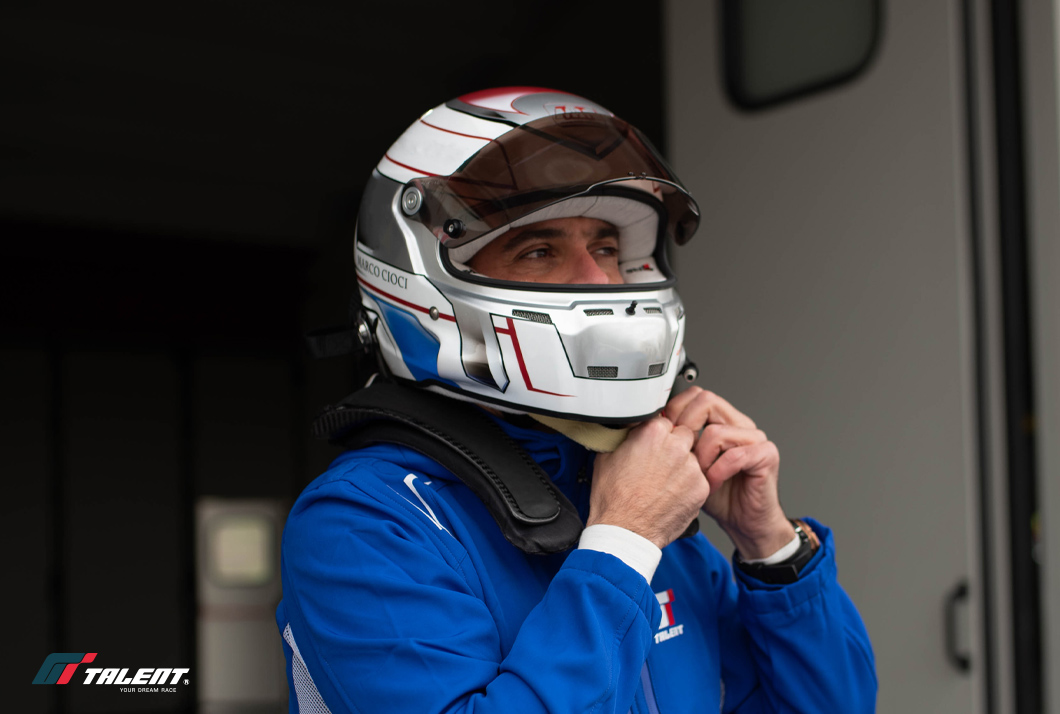News
Racing helmets: the main features, between performance and safety

Safety and ultra-lightness, these are the two main characteristics at the base of a racing car driver's helmet. Let's see together what are the essential components of which it is made and why the Hans safety device is an excellent tool to protect the neck of pilots.
Over the past 50 years, Supercar driver apparel technology has advanced tremendously. To understand this, just think of the increasingly stringent certifications required by the International Automobile Federation (FIA) with respect to the technical clothing of the drivers. In general, one of the most important steps forward in this regard was the invention of the flame-resistant substance Nomex, which since its creation in the 1960s has become the essential component of all pilot suits. The flame retardant ability is in fact the first fundamental characteristic for pilots clothing and accessories.
Read also: How to become a real driver
The characteristics of the pilot helmet
As for the helmet specifically, it has been mandatory for Circus drivers since 1953. Since then, the FIA homologation standards have become increasingly stringent and demanding. Despite this, even today, head trauma is unfortunately the most common injury when you go out on the track with a car.
The main characteristics of helmets for supercar pilots are dictated by the fact that the fireproof capacity must be reconciled with the needs of lightness and practicality. Safety and aerodynamic effectiveness: these are the two keywords when thinking about a helmet for driving on the track.
Let's start with safety. the helmet must be able to cushion the energy coming from the outside as much as possible, thus preventing the shaking of the head, to protect the rider from impacts following any accidents. This impact resistance capacity is combined with the rider's need to wear an extremely light accessory, both for reasons of comfort and to ensure optimal conditions for reaching maximum speed with the vehicle. Furthermore, the lighter the helmet, the less heavy the consequences will be if an accident causes whiplash.
The weight of a racing car helmet is approximately 1,250 kg. The materials of which the external part is composed are resin reinforced with carbon fiber (for the surface) and underneath a layer of kevlar, a very resistant material that is also used for bulletproof vests. Furthermore, for about ten years, a strip of a particular material, Zylon, has been fixed on the upper part of the visor, which significantly contributes to reinforcing the protection. Instead, the soft and malleable layer of the inner part is made of polyethylene, which is then coated with Nomex, the flame retardant material that is also the main component of all. In addition, to ensure excellent visibility for the rider, optimal heat resistance and impact-resistant protection, the visor of the helmet is made of a special polycarbonate. Finally, the inside is coated with anti-fog chemicals, while on the outside there are transparent tear-off strips, which the rider can easily remove when the accumulated dirt gets to obstruct an optimal view.
Read also: The technical clothing of a Supercar driver
The Hans system to protect the F1 driver's neck
A fundamental aspect when talking about an F1 driver helmet is its connection with the Hans system, which is a safety support that aims to minimize the risk of neck and head injuries. The system was invented in the mid-1980s, following a fundamental intuition: after an impact, while the seat belts block the driver's torso, only the neck is holding the driver's head. For this, the Hans device features special belts which, starting from the back of the helmet and connecting it to an anchoring system, reduce the impact of traction forces on the rider's neck by more than 80%.

10 Giugno 2022